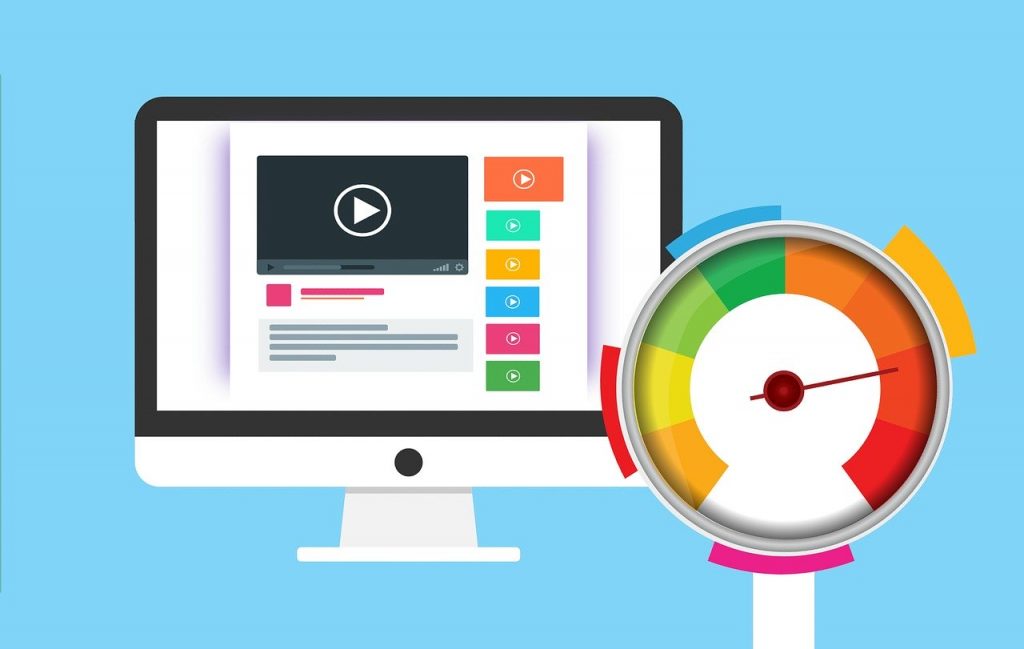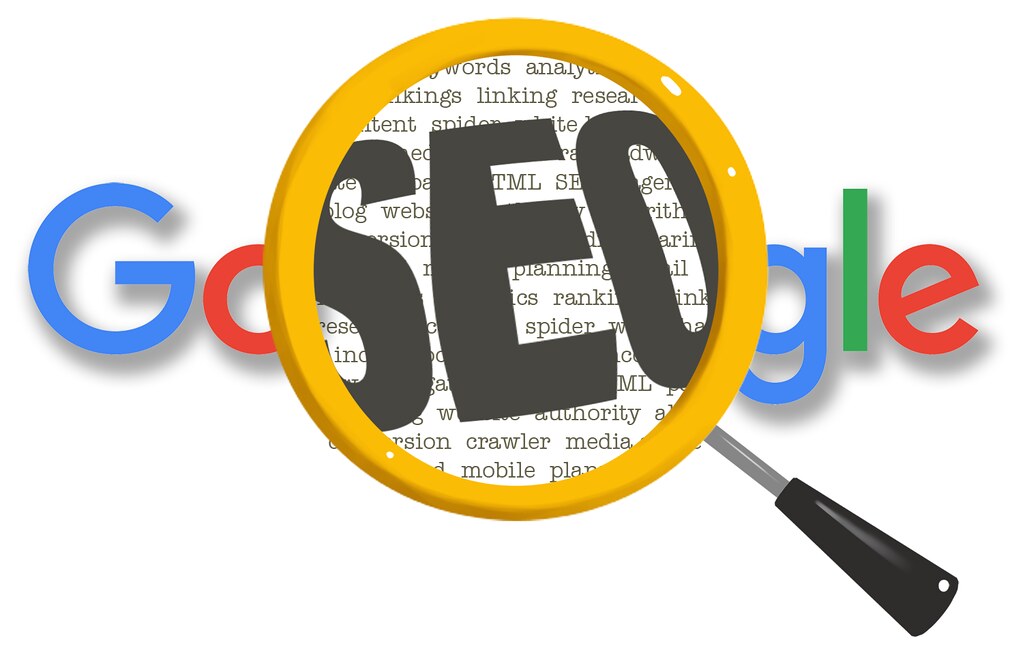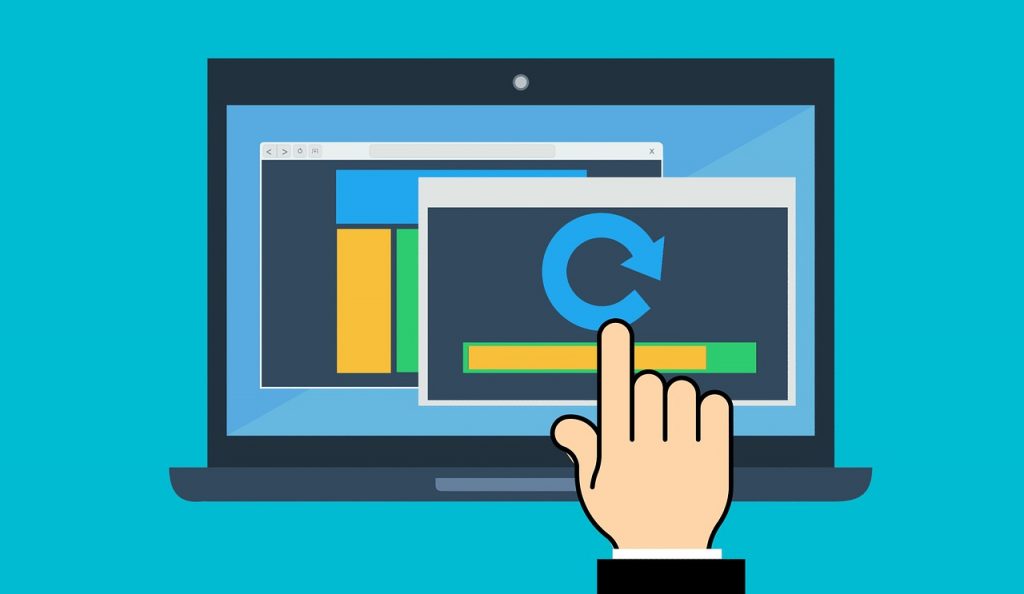
If you run a website, you know how important website speed is. Considering users’ diminishing attention spans, you are always on the lookout for ways to speed up your site. That’s probably why you’re here too. In fact, studies show that if a website takes more than two seconds to load, visitors are more likely to abandon it and go elsewhere. This is where caching comes in. Caching can reduce your website loading time, and as a result, boost your conversions and improve your site’s user experience.
How is Website Caching Useful?
Why has caching become so crucial for any website? Every business wants to increase its website traffic to improve engagement and conversions. Website speed is one of the strongest components of a positive user experience. Thus, users are more likely to return to the same website or even refer it to people in their network.
By storing static or unchanged content on the browser, website caching can reduce the overall load on server resources and improve site loading time on the user’s device. This can help improve your site’s SEO ranking as Google’s search algorithm gives a higher ranking to fast loading websites.

Next, we shall see how website caching works in more detail.
How does Website Caching Work?
Imagine that you run an online learning WordPress website. When a user visits your website, here’s what happens:
- The user opens your website URL on their browser and requests a particular course.
- Their browser then transmits this HTTP request to your web server, which then retrieves the relevant website page from its database.
- Your web server then compiles and transmits this data in HTML format to the user’s browser.
- Finally, the user’s browser processes this HTML file and displays the webpage.
Each time the user makes such a request, this process is repeated until they exit your website. As expected, this process is very server-intensive and can overload your server.
Now, let’s see how caching can make a difference in this process –
- As before, the user visits your site and makes an HTTP request for particular course content.
- Your cache-enabled web server processes this HTTP request made by the user. First, it checks its stored and cached HTML data for any modifications in the requested web page content since the last request.
- If there are no changes, then your server serves up this static cached content to the browser. This process is much faster and puts a lesser load on the server resources.
- The static cached content is displayed on the user’s browser. This process is repeated each time any user requests for the same webpage and if there are no changes or modifications in your webpage content.
When you do make any changes in the particular webpage, the existing cache is automatically purged, and the new web page data is now transferred to the user and subsequently stored in the cache memory. Cached data can be stored either on the browser (client-side) or on your web server (server-side), which brings us to the next topic.
Types of WordPress Cache
Caching methods used by WordPress sites fall under the following two main categories:
Browser Caching
Also known as client-side caching, browser caching is a faster and popular form of caching on WordPress sites. Here, the cached data is stored on the user’s local device or browser. When the user visits any website, the cached copy of the site content is loaded from the user’s browser.
This form of caching is faster but can sometimes lead to problems like not being able to see or view updates/modifications from the website. This happens when an existing cache is not automatically purged and needs to be cleared from the browser.
Server Caching
Server caching is an alternate form of caching mechanism that is implemented between the user’s browser and the web server that generates cached content for any WordPress site. In this method, the cached content in the form of static HTML files is stored on the web server instead of the visitor’s device.
Server caching is more suitable for large websites with large volumes of content pieces. Server caching can be implemented efficiently through a Content Delivery Network (CDN).
A CDN, caches content in proxy servers located closer to users than the origin servers. A CDN is able to deliver content quickly because the proxy servers are closer to the user making the request.
Server caching can also be done by WordPress caching plugins that cache pages, minify CSS, HTML, and JavaScript, provide GZIP compression, CDN support, and more.
So far, we have discussed how website caching is effective, along with its common types. However, there are times when you need to clear your cache. Next, let’s discuss why you need to clear cached data regularly and how you can do that easily.
Why Clear Your WordPress Cache Regularly
While WordPress caching is a great way to enhance your website’s user experience, it can, sometimes, become a hurdle while delivering new content to your visitors. This happens when the cache system does not detect changes.

Here are some scenarios when your cache needs to be cleared so that outdated content is not delivered to your visitors:
1. WordPress Plugin/Theme Updates
WordPress plugins/themes often require the cache to be cleared after a major update. This is to ensure that the changes in your site functionality and design are reflected in your live site and displayed during the next HTTP request.
2. Website Design Changes
Changing your site design can mean many things – a new page has been added, or a new website theme has been installed, or changes in the contact form. However, if these changes are not visible on your live site, it means that your caching mechanism has probably failed to detect the change.
3. New Website Content
To remain relevant and competitive, every website needs new content such as blogs, white papers, business videos, product offerings, and even new webpages. Search engines like Google favor websites that regularly introduce new content.
However, a failed caching mechanism can stop this new content from being displayed on the user’s browser. Additionally, Google’s bots are unable to index the newly added pages, particularly when you add content to widget areas.
These are just some of the reasons why you must periodically clear your browser cache. If you use a server cache, you can contact your current web host to get the job done. This is easier and quicker when you have managed web hosting.
There are two ways to clear your WordPress cache. You can do so manually, but that would require technical knowledge and a considerable investment of time and effort. A convenient alternative is using WordPress caching plugins like WP Rocket or W3 Total Cache that offer easier automated cache clearing methods.
Some of the features to look out for in a caching plugin include
- Browser caching,
- Cache preloading,
- GZIP compression,
- Minification of HTML, CSS, and JavaScript files.
Pro-tip: Whichever method you choose, always remember to take a website backup before clearing your cache. For this, you could pick from backup plugins like BlogVault that automate the entire backup process for you.
Conclusion
Caching is an effective way to improve the loading speed of your WordPress site. It helps improve your SEO prospects and also makes the experience your users have on your site a pleasant one.
But, it’s important to remember that users also need to see fresh and updated content. A failed caching process can be counterproductive by showing outdated content to users.
It’s important to clear your website’s cache regularly and make it a part of your regular website maintenance. This is even more critical when you make updates to your site’s functionality, say by installing or updating plugins, or its look-and-feel by updating themes.
We’re curious to know if you deploy caching for your site. How has that helped your site? What tools do you recommend? Let us know in the comments below.
About the Author
Akshat Choudhary is the Founder and CEO of BlogVault, MalCare and WP Remote – successful WordPress plugins designed for complete website management. He has always prided himself on his ability to teach himself things. Since starting BlogVault, Akshat has transformed his side-project into a profitable venture that is scaling new heights in the Indian startup space. As a member of the WordPress community for almost a decade, Akshat’s core belief when building any product is to ensure the end-user doesn’t need assistance and to assist them in the best possible manner if they do.
[my_custom_tweets feed_type=”user_timeline” display_style=”display_slider_1_col”]